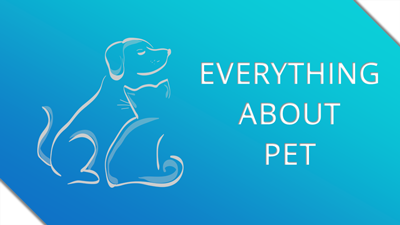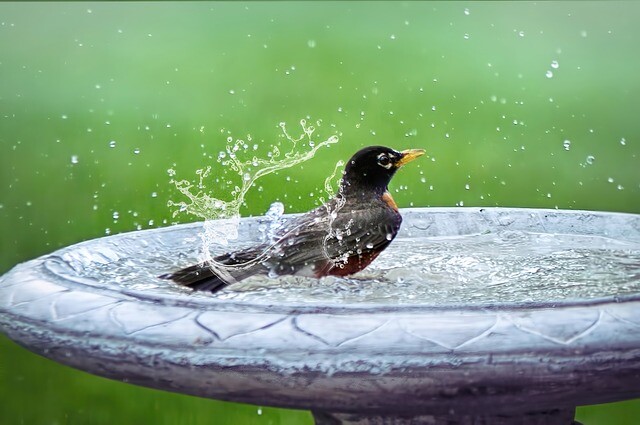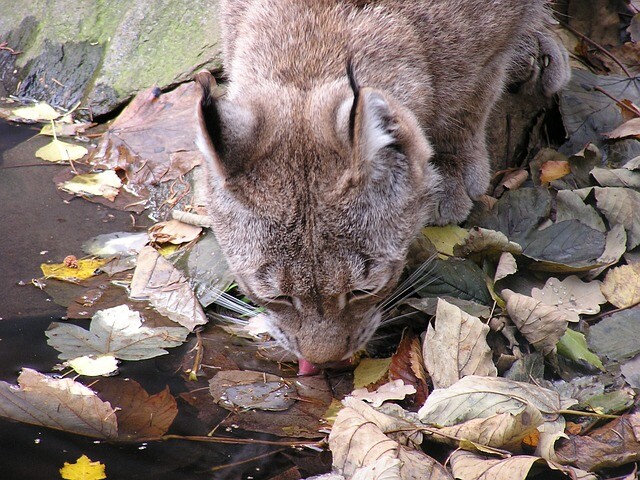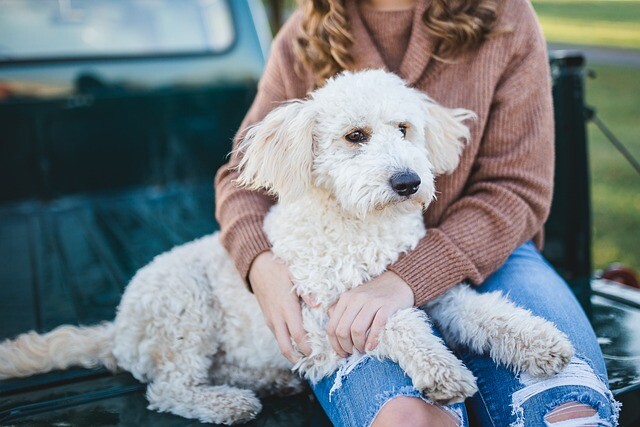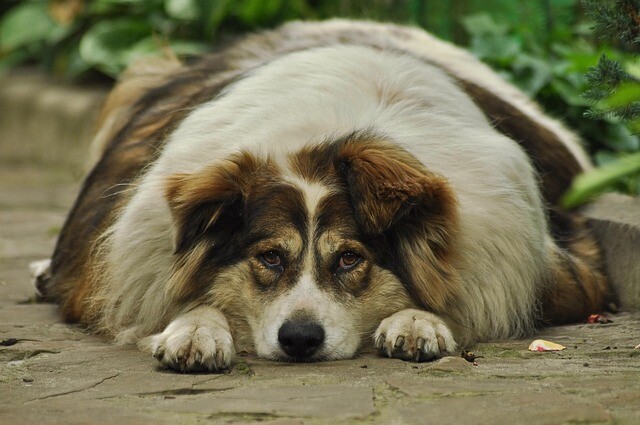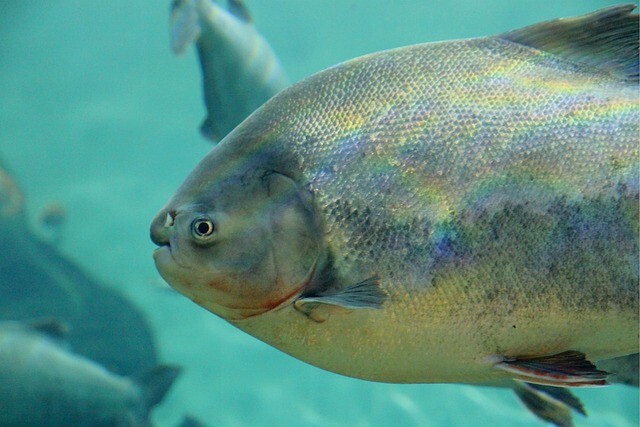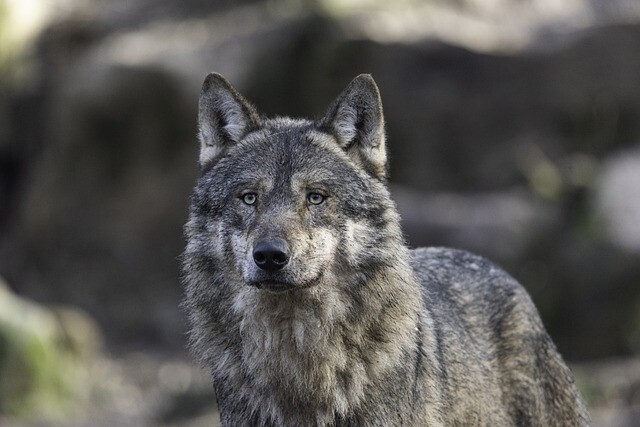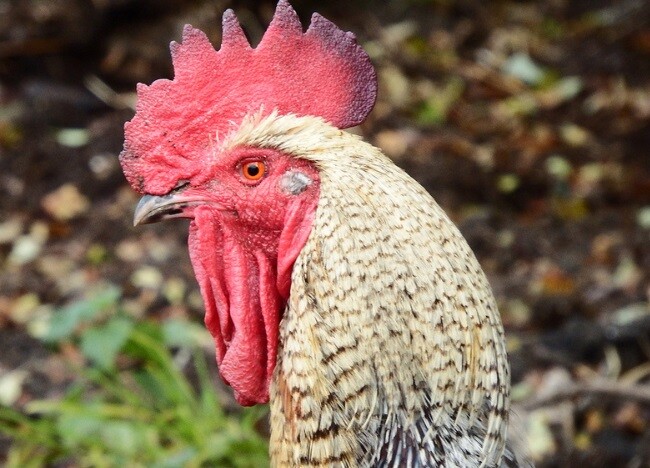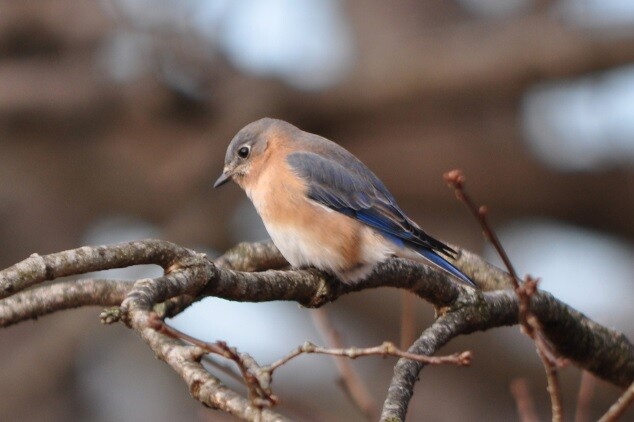Handle Oral Hygiene Problems to Keep Your Dog Happy and Healthy!
Healthy teeth contribute to well-being. By incorporating the simple steps recommended by Dr. Kinga Martin, a veterinarian into your daily routine, you can make a big difference in the health and well-being of your dog's teeth. (X)

Since dogs, unlike humans, cannot brush their teeth, more plaque is deposited on their teeth. Plaque is an adhesive film on the teeth that is made up of bacteria, food residue, saliva and other substances. Plaque will easily turn into tartar if not removed regularly, creating a rough surface that allows more plaque to settle. Gum problems usually start with plaque deposition.
The good news is that with proper care for your teeth, oral hygiene problems can be prevented!
ATTENTION TO SYMPTOMS 3
Dogs can't tell if something bothers them, so you have to pay attention to their teeth. If you learn to recognize the signs, you can control your oral hygiene problems and prevent many health problems!
- Bad breath
The earliest sign of problems. - Inflamed, swollen gums
Gums can bleed if your dog chews hard things - Teeth discolored
This discoloration is caused by tartar.
If your dog recognizes any of these symptoms, consult a veterinarian immediately.
SUBSCRIBE THESE STEPS TO YOUR AGENDA
A daily dental routine ensures a healthy oral cavity and can help your dog live a long and active life. Ideally, daily tasks include brushing your teeth daily, but at least 3-4 times a week. When brushing your teeth, it is extremely important to pay attention to the posterior teeth as these teeth have the greatest chance of plaque deposition and tartar formation.
Apart from brushing, there are many other ways to brush your teeth. We all know that dogs love to chew, so why not take advantage of it and provide them with a tasty, chewable reward that can help keep their mouth healthy?
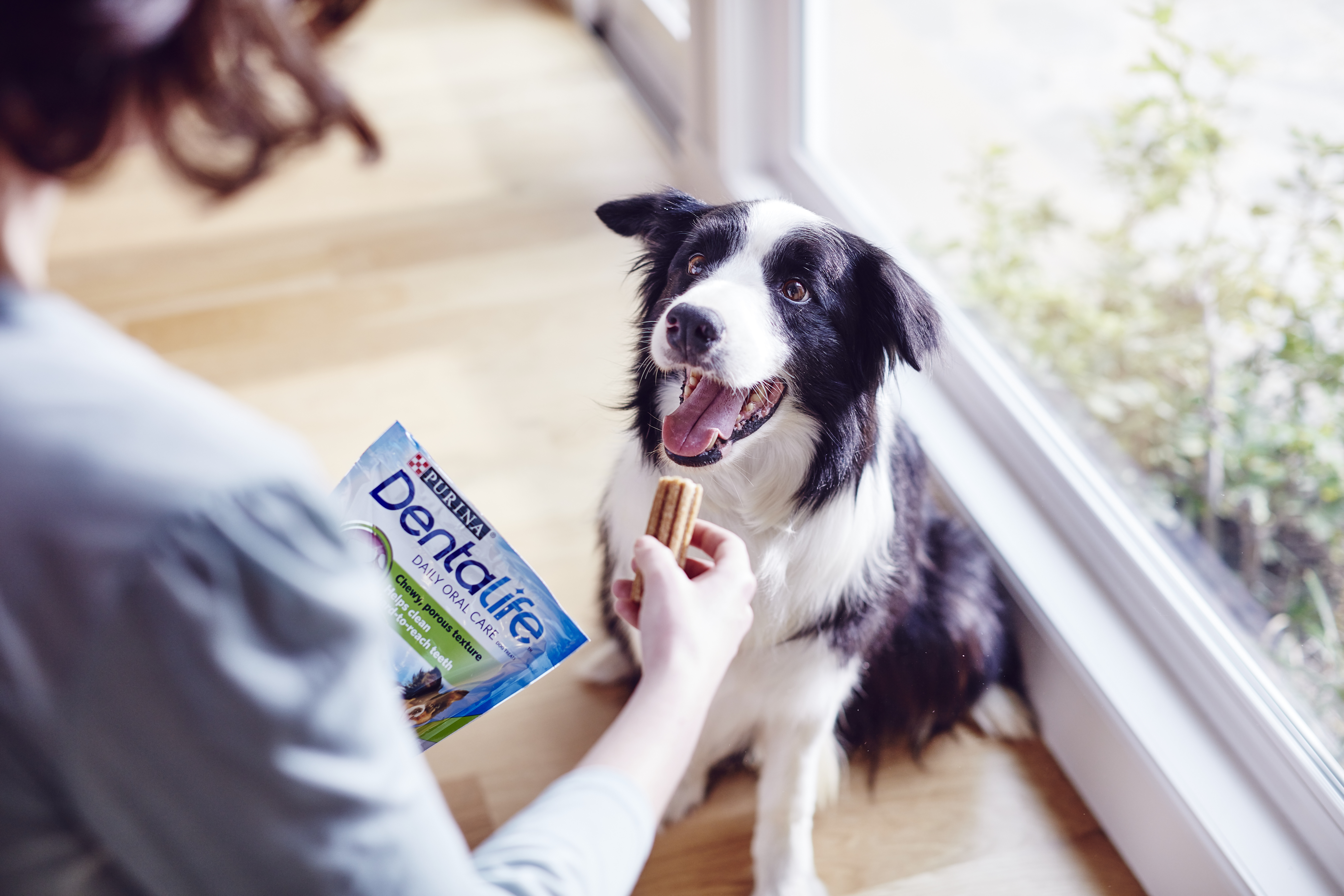
A Purina® Dentalife® just such a reward wall! Thanks to its design and its chewy and porous texture, Purina® Dentalife® encourages dogs to chew with their back teeth, thus cleaning these hard-to-reach areas. A Purina® Dentalife® scientifically proven to reduce tartar formation.
Prevention is always better than cure. So take control and introduce these simple steps into your daily dental routine, as your dog's health begins with a healthy mouth!
(Source: Editors)
